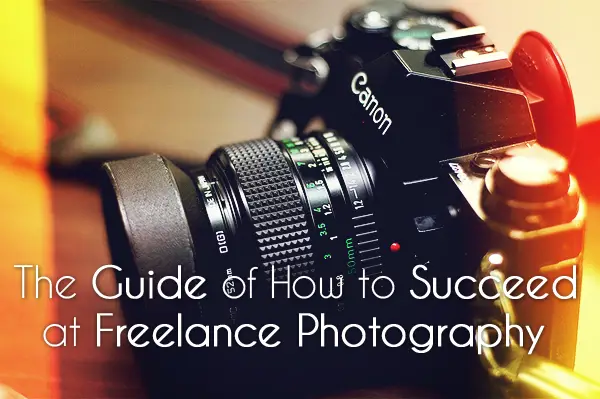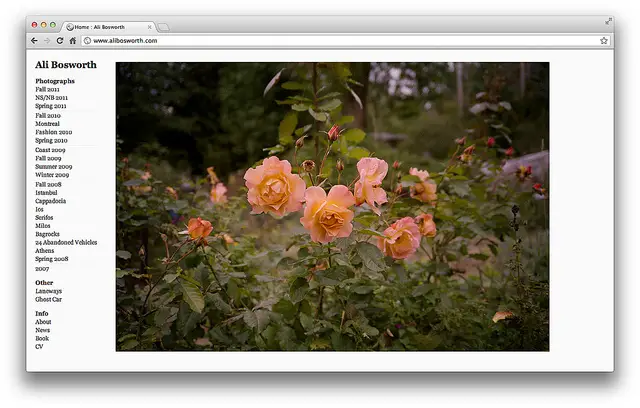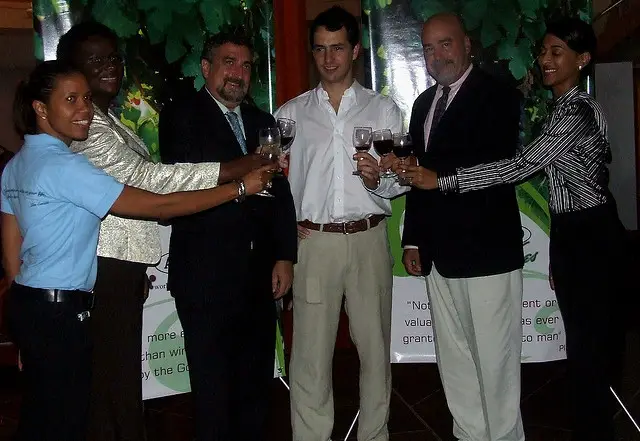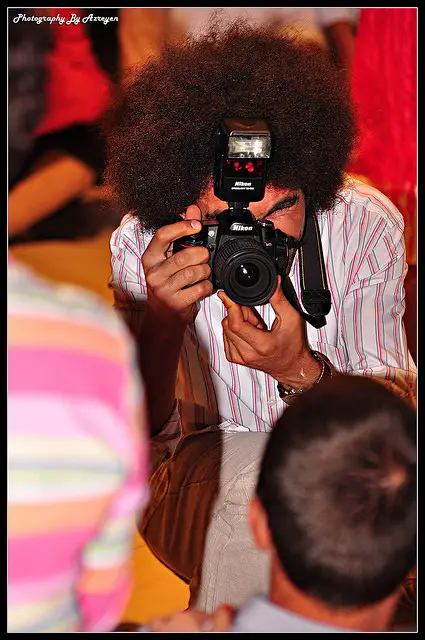Many photographers work freelance. It’s just the nature of the industry. You may believe that working freelance is the ideal life since it means no boss, no micromanagement and definitely no annoying co-workers to deal with on a regular basis. Not so fast, there!

Working freelance photography also means the potential of no regular paychecks, no support from fellow co-workers and somewhat of an isolated professional lifestyle. Depending on where you are in your career, it can really be downright challenging sometimes, both from a financial and a psychological standpoint.
Still, many photographers are highly successful as freelancers, and this means that you can be, too. As a freelancer, you’ll have to be tougher, shrewder and more hard-working to make it in the industry, but we believe you’ve got what it takes. We’ll also share indispensable tips with you, so you can be wildly successful at freelance photography.
Start Your Own Freelance Website
This can’t be stressed enough because no one (read: clients) can find you if you don’t have your own website. This is a rule that can be applied to all freelancers, not just those working as photographers. In fact, yours truly actually knows a lot about this because I’ve gotten a number of clients as well as writing gigs through people finding me on my website.

As a result, much of your effort, time and money should be focused on building the very best freelancer website this side of the Milky Way Galaxy. The thing about freelancers is that they usually don’t have unlimited budgets, yet you still have to make sure that your website is respectable and presentable without breaking your piggy bank. A good place to start is IM Creator, but there are other options, too, such as creating one in HTML and with super-easy navigation. You don’t have to go to a boutique web-design firm; oftentimes, even a basic WordPress site will do as well.
Now you need to make sure it boasts extremely attractive content, so that your site visitors become actual clients and conversions. If you haven’t been able to score paying gigs just yet, don’t sweat it! Recruit some friends who’ll aid you in setting up a shot, or seek out some desperate models who will gladly pose for you in exchange for free photos. Either way, it’s important that you start an impressive portfolio to catch your prospective clients’ eyes.
Don’t Forget About a Daily Blog
When you’re all done with your website, improve it even further by adding a daily blog. You should make it a point to shoot for updating it every single day of the week, at least on weekdays. A daily blog helps you stay sharp as a photographer since you’ll be forced to take pictures for yourself and not for a paying gig. In addition, it will obviously help you to improve in your trade.

The second benefit of having a daily blog on your website is as important staying sharp. Running a daily blog will, in the long run, assist you in the creation of a community of site visitors who are really interested in your work. This is because the daily blog incorporates a unique personality into your website. Now, I can’t stress enough how long this can take to really bear fruit, so be patient.
Be Confident in Your Pricing
One of the most vital aspects to being a serious photographer is knowing exactly how much you’ll charge your clients. Being confident in your pricing is something that even seasoned freelancers can still struggle with long into their careers. This is because you’ll hate to underbid, thereby coming across as a novice, but you’ll also hate to overbid since that can make you lose your client altogether! So what do you do?

Figure out the type of budget you have to work with for a client. Never give your client a quote at the time of the first contact because you’re handicapping yourself. First, you’ll want to determine the specific details of the project and ask the client how much he’s set aside for its budget. Second, if the client expands the scope of his job beyond the terms of the original agreement, then be confident in explaining why you need additional payment.
Don’t Procrastinate When Getting Back to Your Clients
Procrastination is the enemy of the freelancer! Never put off getting back to your clients as fast as possible. Follow this rule, and you’ll see an uptick in your business, for sure. You see, when a client contacts you about a possible project, know that he has likely just looked through your website and portfolio.

As such, they probably liked your photography, too, which is why they contacted you in the first place. You are fresh in their minds, which ups your chances of a positive response when you get back to them. However, procrastinate and take your time in getting back to them, and said freshness will deteriorate. As a result, they’re less likely to go with you even if you get back to them. Remember to contact them back quickly to start a dialogue, and they’ll often choose you.
Be Proactive and Connect With Prospective Clients
Not all clients will come to you because they find you through your website, networking or even by word-of-mouth referrals. If you only expect your clients to come to you, then you’ll lose half of your possible income. There’s never anything wrong with being proactive and finding your clients. Always take the time to determine what sorts of clients you want and what kinds of jobs you’re interested in. Then, proceed to reach out to these people—you’d be surprised how effective a casual email can be!

You can also get in touch with owners of photography blogs to see if they’d be open to featuring your work. Assert that you believe that their readers will be interested in seeing your work; if your work is up to par, sometimes that’s all it will take to be featured. Some blogs may want you to also write a guest post, so see that you’re up to it.
Freelance Photography 101
Congrats, you just passed our crash course in freelance photography 101! Being a freelancer is really about self-motivation since you don’t have a boss breathing down your neck or co-workers to keep pace with you. For those people who are really motivated, working freelance photography is the way to go, though.

You work for yourself, and you’re your own boss. You handle everything, not just the actual artistic work of taking snapshots. You handle your own budgeting, sometimes your own accounting, and you definitely have to understand all about running the business side of photography. If you’re up to this, then freelancing is for you.
Tell us about your freelancing adventures in the comments section below!









0 comments